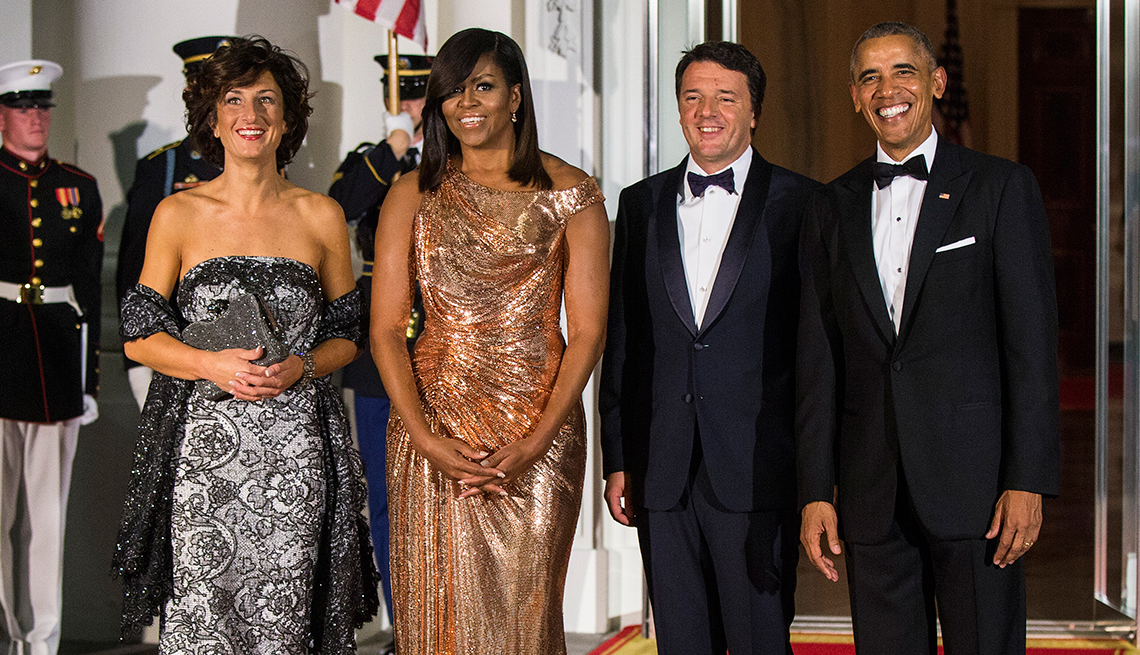
- Select a language for the TTS:
- UK English Female
- UK English Male
- US English Female
- US English Male
- Australian Female
- Australian Male
- Language selected: (auto detect) - EN
Play all audios:
But what if this turns out to be an unattainable fantasy? The harsh reality: Even if both spouses want to revive a flagging marriage, it’s not always possible. The greatest predictor of
whether a marriage can be saved is how good it was in the first place, says Rhodes. “Some midlife marriages aren’t vital, but they have value,” says Rhodes. “There was a strong connection in
the beginning. A lot of those marriages are reinventable. It’s a matter of whether you truly want what you used to have. Some couples don’t know, and that’s profoundly scary.” So, Can This
Marriage Be Saved? THERE IS MUCH MORE POTENTIAL FOR PEOPLE—WOMEN ESPECIALLY—TO REINVENT THEIR LONG-TERM RELATIONSHIPS. OR TO CHOOSE NOT TO. STEPHANIE COONTZ, AUTHOR OF MARRIAGE, A HISTORY
REVITALIZING A MARRIAGE IS A MATTER OF WHETHER YOU TRULY WANT WHAT YOU USED TO HAVE. SOME COUPLES DON’T KNOW, AND THAT’S PROFOUNDLY SCARY. SONYA RHODES, AUTHOR OF SECOND HONEYMOON The
reinvention process starts with tough questions: What kind of marriage do I want? What kind of marriage do I _have_? The answers can be unsettling. But they can also form the basis for a
relationship that’s relevant—one that meets a couple’s current needs, instead of ones from a quarter century ago, according to Rhodes. Here are some simple, early steps to rekindle a
marriage: START AT THE BEGINNING. Think back to when you were first married. What were the sparks between you? What did you love about your spouse? Can you reconnect with that person, or
that image? Go on an archeological dig through your lives—immerse yourself in old photos and videos of the two of you in happier times; read letters you wrote to each other. Relearn what
made the two of you _tick_. You may have grown apart, or focused too much on kids or work over the years, says Rhodes. But if you both want what you used to have, that distance shouldn’t
keep you from getting close again. Despite maintaining separate residences, Doyle and Denny see each other most evenings—at her place, the tidier one. Kendall Waldman CHOOSE A SHARED
PROJECT. It can be anything, from binge-watching all 192 episodes of “24” to learning how to code or taking Estonian lessons. “It should be uniquely ‘ours’ rather than ‘mine’,” says Carr.
“Discover something new, whether you wind up loving it or hating it. Do it together.” SEPARATE “OURS” FROM YOURS. While it’s important to explore new territory together, it’s just as
critical to keep your own interests and activities. Spell out how and when you’ll spend time on joint endeavors and on individual ones, suggests Carr. Schedule both. You can say to your
spouse, “I’d love to have a couple of nights to do something with my friends. And hey, it would be nice if _you_ had the same opportunity.” EXPAND YOUR CIRCLE. Too much couple-time can be
suffocating, even for the blissfully happy. Add new sources of stimulation by inviting other people—single or married—into your lives. Go out with other couples, have different groups of
people over for dinner, vacation with your grown children. “It adds new stuff to a relationship that can easily become too old,” says Coontz. EXPECT SUBTLE CHANGE; NOT TRANSFORMATION.
Marriages don’t suddenly morph into something they’ve never been. And neither do the people in them. Promote change slowly. Plan a surprise weekend for your spouse. Have one heart-to-heart.
But don’t expect a total 360, says Carr: “If your spouse didn’t love the theater for the first 30 years of your marriage there’s no way he’s suddenly going to.”








